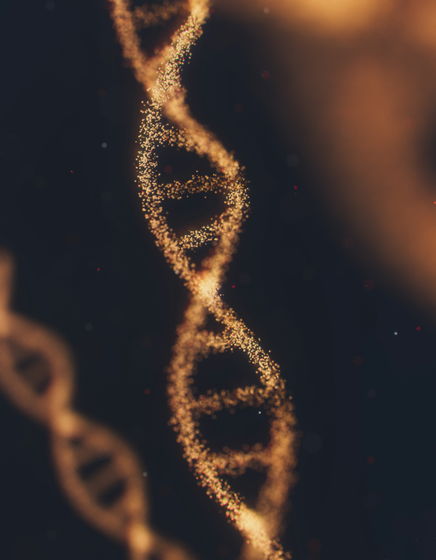World's first personalized gene editing therapy helps baby overcome life-threatening disease

A nine-and-a-half-month-old boy suffering from a rare disease has survived a life-threatening condition thanks to the world's first personalized gene editing therapy.
Patient-Specific In Vivo Gene Editing to Treat a Rare Genetic Disease | New England Journal of Medicine

Personalized Gene Editing to Treat an Inborn Error of Metabolism | New England Journal of Medicine
https://www.nejm.org/doi/full/10.1056/NEJMe2505721
Baby Is Healed With World's First Personalized Gene-Editing Treatment
https://www.nytimes.com/2025/05/15/health/gene-editing-personalized-rare-disorders.html
KJ Muldoon, a 9-and-a-half-month-old baby, had a rare genetic disorder called carbamyl phosphate synthase deficiency (CPS1 deficiency), which affects only one in 1.3 million people. CPS1 deficiency is a disease in which ammonia, a by-product of protein metabolism, cannot be excreted from the body, causing ammonia to accumulate in the brain, eventually leading to brain damage and death. Approximately half of babies with CPS1 deficiency die within one week of birth, and if they survive, they will be left with severe intellectual and developmental disabilities and will eventually require a liver transplant.
KJ was diagnosed with CPS1 deficiency just one week after he was born, and treatment began immediately. Initially, his doctor prescribed a diet that severely restricted the protein he needed to grow, and also administered glycerol phenylbutyrate as a drug to remove ammonia from his blood. However, KJ was at high risk of brain damage and death, and any illness or infection could have caused his ammonia levels to spike, potentially causing irreversible brain damage.
Doctors at the Children's Hospital of Philadelphia performed the world's first personalized gene editing treatment on KJ. Specifically, they administered an infusion specially designed to precisely correct the genetic mutation. Within two weeks of the infusion, KJ was able to ingest the same amount of protein as a healthy baby. However, the first infusion was unable to correct the DNA mutation related to ammonia removal, so he had to continue taking medication to remove ammonia from his blood. The second infusion allowed KJ to reduce the amount of medication for ammonia removal by half, and although he suffered from a viral disease during that time, he was able to overcome the threat of death.
KJ has received three infusions, but at the time of writing it is unclear whether he will be able to completely stop taking the medication to remove ammonia. However, his medication has been significantly reduced, he has been able to overcome life-threatening viral infections, and his development is good. However, it is unclear whether he will be able to avoid a liver transplant in the future.
The research team that led KJ's personalized gene editing therapy will present their findings at the American Society for Cell and Gene Therapy annual meeting on Thursday, May 15, 2025. On the same day, they will also be publishing a paper in The New England Journal of Medicine , one of the world's most prestigious weekly general medical journals with a history of over 200 years.

Dr. Peter Marks, who served as the regulator of gene therapy at
More than 30 million Americans have one of more than 7,000 rare genetic diseases, but most are so rare that no company is willing to spend years developing a gene therapy.
The treatment KJ received is based on 'decades of federally funded research ,' but it also paves the way for companies to develop personalized treatments without years of expensive development and testing.
KJ's CPS1 deficiency is a genetic disorder caused by a mutation in just one of the approximately 3 billion DNA base pairs in the human genome. To correct this, it is necessary to pinpoint the exact location using a technique called base editing.
The drugs used in the treatment contain ingredients that instruct cells to produce gene-editing enzymes, wrapped in fatty lipid molecules to prevent them from being broken down in the bloodstream on the way to the liver, and CRISPR , which has been modified so that it can move along DNA and find the exact DNA that needs to be modified.

The treatment used on KJ was customized to allow CRISPR to find only KJ's genetic mutation. But the technique could also be applied to correct mutations in other parts of DNA. Marks said personalized gene editing would be at least an order of magnitude cheaper.
'To me, this is one of the most potentially transformative technologies,' said Dr. Marks, who wrote

in Science, Posted by logu_ii